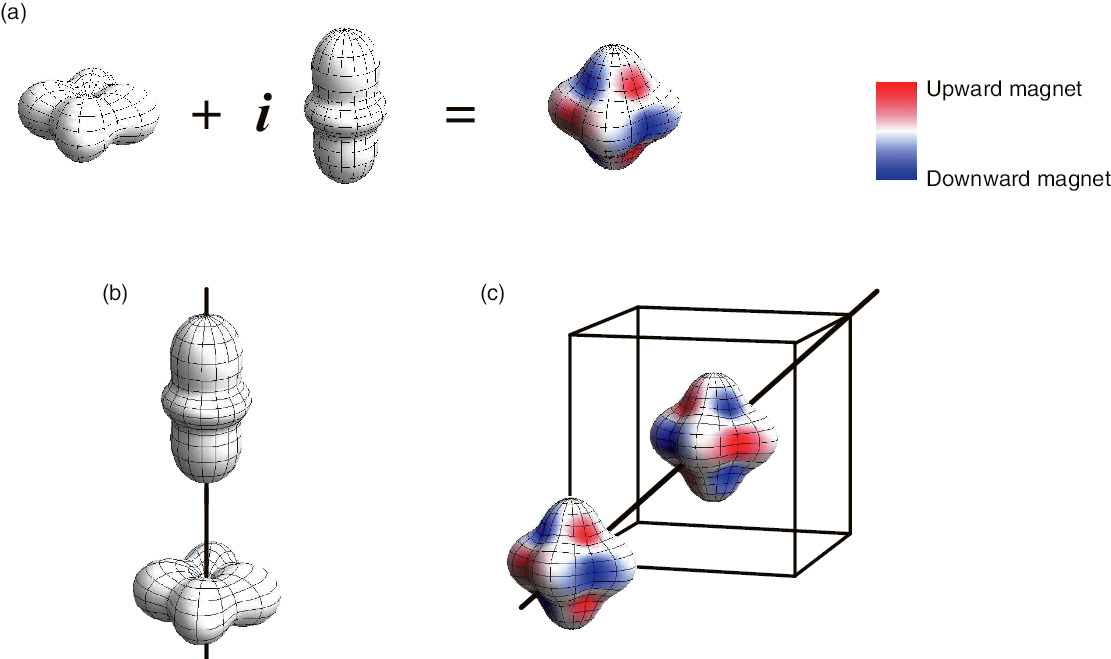
Fig.3-7 Various states made from non-magnetic states
The magnetism of a material originates from its electrons, since electrons behave as tiny magnets and align in the same direction in an ordinary macroscopic magnet. This magnetic property of an electron is called spin. Thus, basic research on understanding and manipulating spins in materials is very important.
If there are two electrons in an ion, however, magnetism can be canceled out by aligning their spins in opposite directions, resulting in a non-magnetic ion. We call an ion with an odd number of electrons a Kramers ion and one with an even number of electrons a non-Kramers ion. To become a non-magnetic ion, the spins of the electrons have to cancel out. It is possible only for non-Kramers ions. Conversely, a Kramers ion, for example neodymium, is always magnetic ion and is a good candidate for use in a strong magnet.
On the other hand, non-magnetic ions cannot possess magnetism in an ordinary manner. However, surprisingly, according to quantum mechanics (which describes microscopic objects such as ions and electrons), a magnetic object can emerge from non-magnetic objects.
When we have two different non-magnetic states, the principles of quantum mechanics allow construction of a “superposed state” by adding these states with a coefficient of the imaginary unit i (Fig.3-7(a)). This state has circulating currents of the electrons, thereby reviving magnetism since a circulating current generates a magnetic field like an electromagnet. In this state, the magnetic field produced by the currents cannot be described as a single magnet, since the direction of the axis of circulation changes depending upon position. Rather, such a state is described by a complex of magnets and is called a higher-order magnetic state.
Such higher-order magnetic states have been investigated and actually observed in some materials, but to date, only those with magnetic ions.
To investigate whether it is possible to realize such a magnetic state in non-magnetic materials, we have studied a theoretical model of non-Kramers ions with two electrons in each ion. In this model, we can compose two non-magnetic states for each ion with differently shaped electron distributions, as shown in Fig.3-7(a). In both states, the spins of the two electrons align oppositely and magnetism is canceled out. Then, we search for stable states for several kinds of lattice structures. We find that the alignment of the non-magnetic states (non-magnetic order, Fig.3-7(b)) occurs when ions align along a lattice-axis direction. On the other hand, the alignment of the magnetic states (magnetic order, Fig.3-7(c)) occurs when ions align along a diagonal direction. Thus, it is interesting to search lattices in which ions are located along diagonal directions for such an exotic magnetic state.
This work was supported by the Japan Society for the Promotion of Science (JSPS) KAKENHI Grant-in-Aid for Scientific Research (C) (No.15K05191).